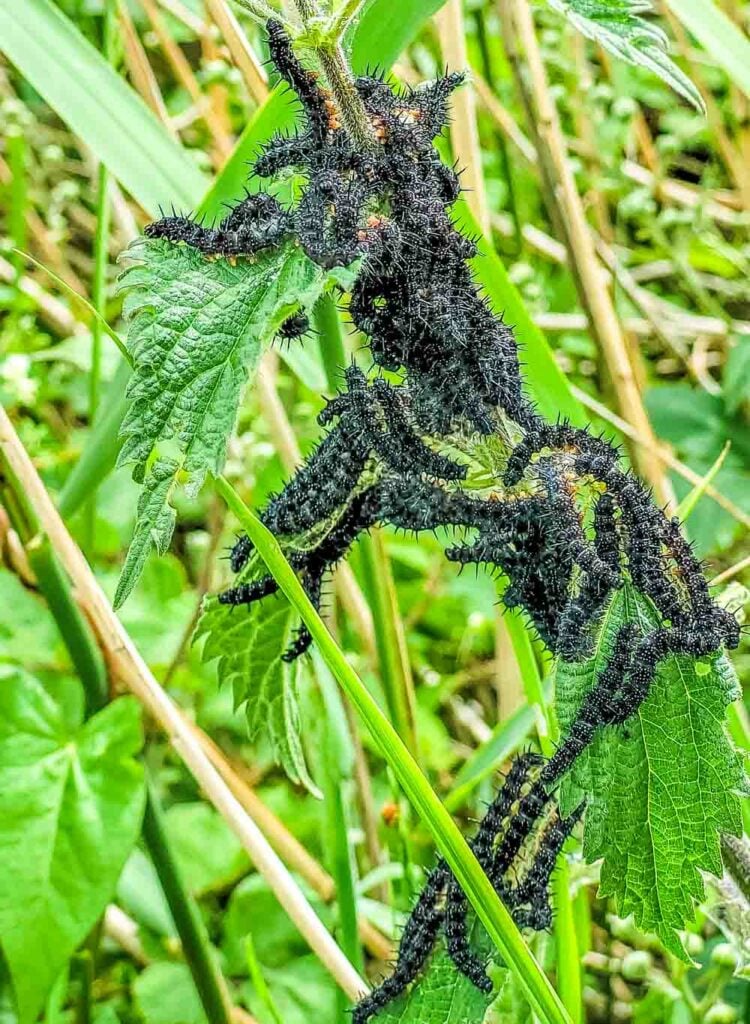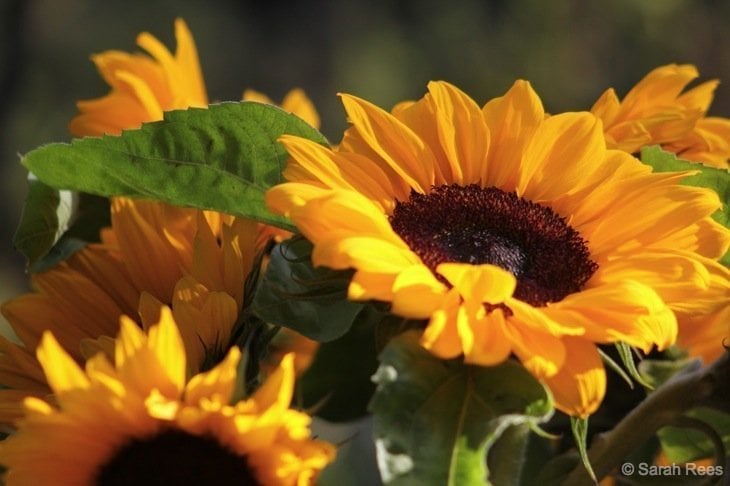The swallowtail is a rare butterfly found in the Norfolk Broads area. There are occasional sightings in the south of England, when migrant populations make their way across the country, but the Norfolk Broads are the place that this species calls home.
It is a magnificent species, the largest butterfly in the UK. Its distinctive wings are a striking display of yellow, black, red and blue and its wingspan can stretch to a whopping 9.3cm, that is mighty compared to the well-known tortoiseshell whose wingspan only gets to around 6cm!
Feeding on thistles and ragged robin, these majestic butterflies can be spotted in the summer months and Hickling Broad is the best place to find them.

World Swallowtail Day
World Swallowtail Day was started by the Swallowtail and Birdwing Butterfly Trust and is celebrated on or about the second Sunday in June every year.
This day is set aside to raise awareness of this rare species as a way to celebrate them and teach the public about the importance of protecting the open fen habitats which are vital to the survival of the Swallowtail.
This year we thought we should embark on an adventure to discover more about this rare species and take part in World Swallowtail Day ourselves.
Hickling Broad Visitors Centre
After a spot of research, we found that Hickling Broad Norfolk Wildlife Trust site was the best place to spot the swallowtail and so we set off on our trip. Hickling Broad is the largest of the broads and having never taken my children to explore the broads before, I was excited to share this wildlife haven with them.
Hickling Broad is the largest of the broads and is located on the Upper Thurne river system. Like much of Norfolk, it has an interesting and varied history. It is an expanse of reed beds, waterways and wild meadows, 1400 acres of which is owned and protected by the Norfolk Wildlife Trust.
Around the site, there are informational boards where you can learn more about specific parts of the landscape and the wildlife that calls the broads home.
Hickling is also famous for its connection with pioneering, 20th century ornithologist, Emma Turner, who captured the first photograph of a bittern at Hickling and evidenced the return of the species, which had been extinct in the UK since the 19th century.

Hickling Broad NWT now has a great visitors center selling a variety of nature related books and gifts as well as a selection of food and drink.
There are a number of walking routes that can be accessed via an accessible boardwalk or a rough path. To find out more about the trails, grab a map from the brilliant and friendly staff at the visitors center when you arrive!
We were greeted by Gemma who gave us all the information we needed to know to make our day a success.
As we visited at the weekend and on World Swallowtail Day, there were several children’s activities taking place and we made a fingerprint butterfly, leaf caterpillar art, planted a pollinator plant and did some colouring!
The NWT always puts on great activities aimed at getting the kids involved and excited about nature so check out their website for details of what’s on and how you can get involved over the summer holdidays.
Parking
Postcode: NR12 0BW
The reserve is well signposted and is situated 4km south of Stalham off the A149. There is a large grassy car park as well as disabled parking close to the visitor’s center.
Boat Trip
The broads are home to so many incredible species, but as this is a large area of waterways, arguably the best way to have a chance of spotting them is explore these waterways by boat.
Of course, you can hire a boat yourself for the day or for a holiday. I have fond memories of Norfolk Broads boating holidays as a child.
But if you don’t fancy driving a boat yourself or are pushed for time, the NWT give you the opportunity to go on a guided boat tour through Hickling Broad. The tours last between 45 minutes and 2 hours so you can pick one that suits you!

We booked our time slot, donned our life jackets and boarded the 12 seater boat that was aptly named, Swallowtail. The boat trip was smooth and relaxing, so much so, my five-year-old son fell asleep!
But for those of us who were awake, we had the most wonderful time exploring with the help of our tour guide and boat driver.
We didn’t manage to spot the Swallowtail on the boat trip, but we were greeted by mute swans and fluffy grey cygnets, great crested grebes, a bearded tit and the famous Norfolk hawker, a large dragonfly with glowing green eyes.
As we wound our way through the narrow aquatic avenues, we were treated to the sounds of warblers who were hiding in amongst the tall reed beds.

This was an amazing opportunity to see parts of Hickling Broad that are otherwise inaccessible from the walking trails around the reserve, and we were so glad we decided to have a boat trip!
I highly recommend it if you happen to be visiting, maybe you’ll be lucky and spot the elusive bittern or a brightly coloured kingfisher who is looking for some dinner. I am yet to spot a kingfisher and it has become a bit of a running joke now that they must actually be like unicorns – mythical!
Seeing the Swallowtail
We didn’t spot the swallowtail on the boat trip but as I mentioned, we were treated to some other incredible sights and sounds.
But, as we alighted the boat and set off on the rest of the walk around the reserve, we spotted something yellow on the path just ahead of us. I told the kids to slow down, and we gently approached the yellow patch on the ground, and sure enough, there was the iconic swallowtail, resting right in the middle of the track. We crouched down to take a closer look, careful not to startle it and lose the opportunity to see it properly.

I managed to snap a couple of photos and a video before it fluttered off effortlessly into the grass and beyond. It felt like such a privilege to be able to see such a rare species but then to top it off, a couple of minutes later, another one flew right in front of us and settled on a nearby thistle, its preferred meal. Mission accomplished, we thought!
As well as the swallowtail sightings and the waterway encounters, we were fortunate enough to see little egrets and swallows from the Cadbury Hide as well as an abundance of peacock caterpillars, hundreds of them bunched together on a plant stem.

We sat for a while and watched two swallows resting on a branch, before continuing back to the visitors center to grab a drink for the journey home and set off on our way.
World Swallowtail Day was, for us, such an adventure. It was amazing to be able to explore somewhere new and experience so many species all in one day.
Nature reserves such as the NWT sites provide such an amazing opportunity for people from all walks of life to experience the natural wonders we have in the UK.
The broads are such an important place for conservation and if you’re really lucky, one day while you’re visiting you might just spot an otter or a crane! We didn’t see them this time, so I suppose that means we absolutely must go back again!








